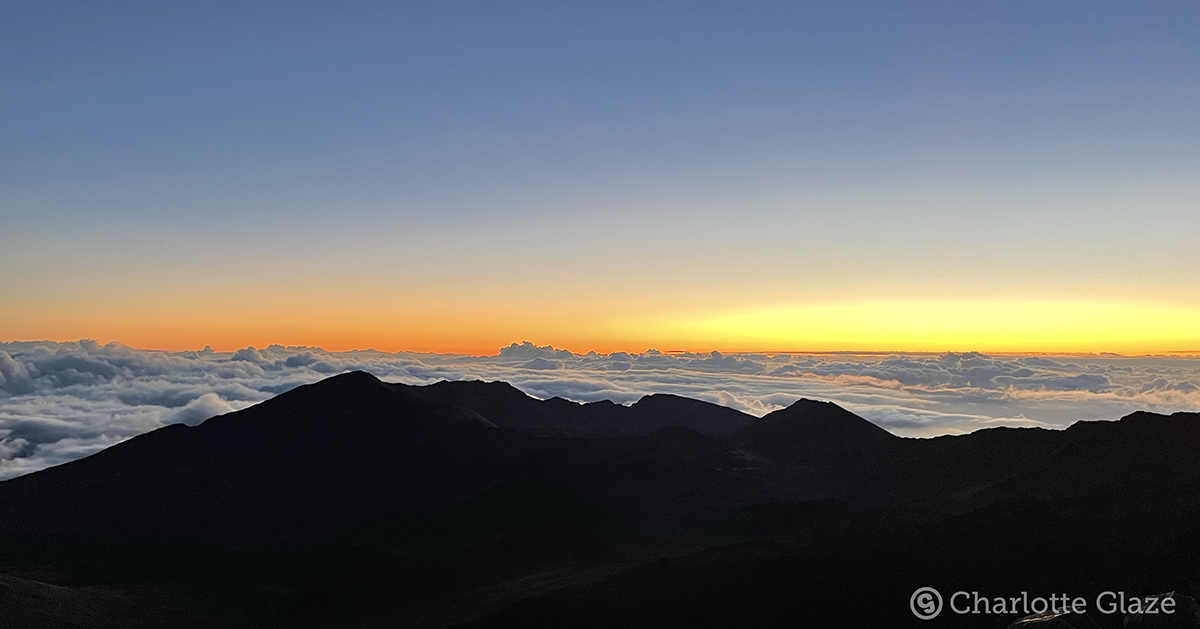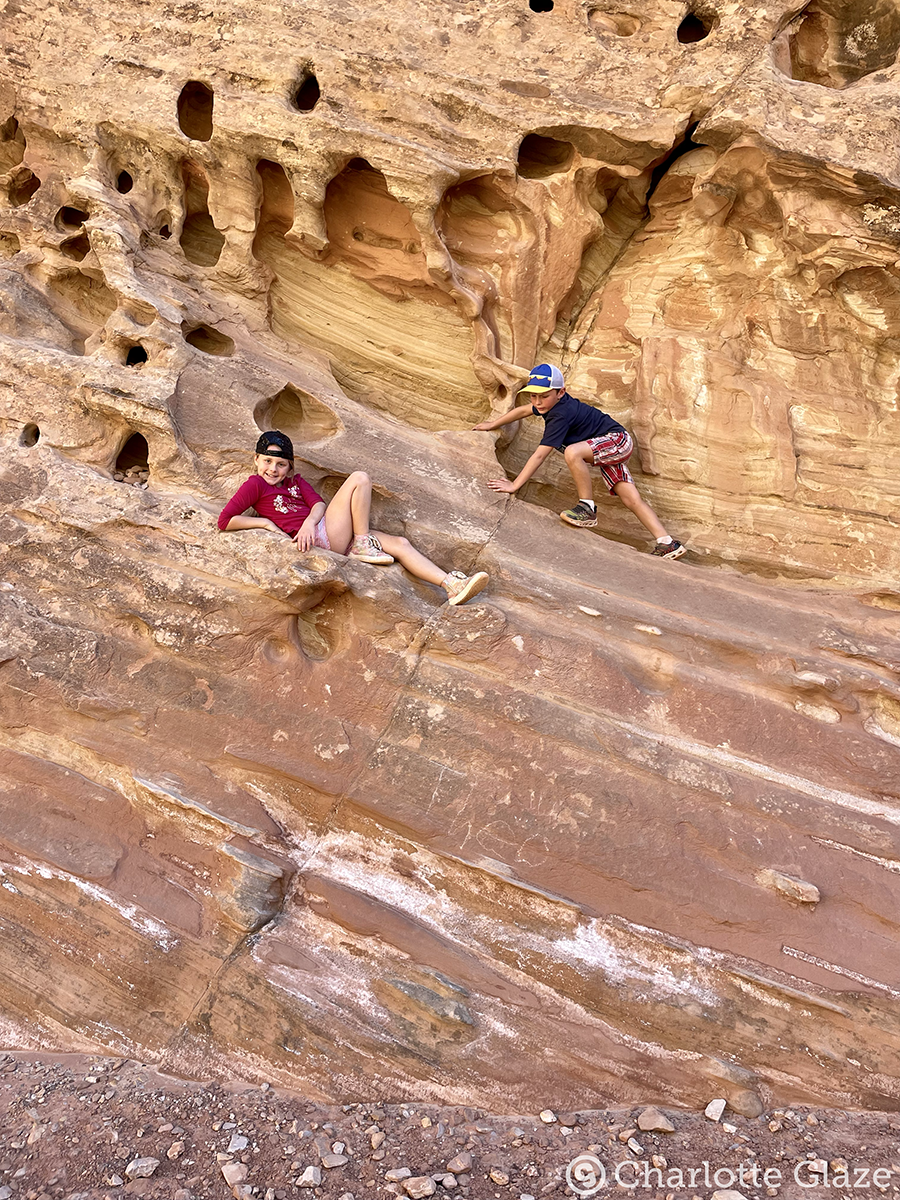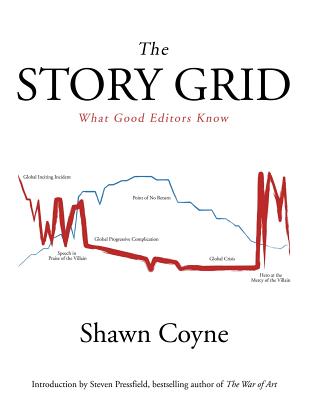My family has been continuing our journey around our country to visit the US National Parks. This summer we visited five more, bringing our total up to 18. As we have seen so many of these wonderful places I have found myself contemplating how amazingly different each of these parks are. It has made me appreciate even more how much God loves variety and diversity in beauty.
One of the things I always love to admire at the parks are the flowers. Did you know that there are over 400,000 different species of flower? When I make a picture or write a story, I brainstorm different ideas and play with different ways to say something. I definitely give up long before 100 ideas, let alone 400,000 variations of completely different glorious finished masterpieces.
I also love to see the different animals. Did you know that scientists estimate there are 8.7 million different species of animal on the earth, and they’ve only classified 1.2 million of them? Now I don’t feel as bad when I use my Seek app to identify something. No way I could remember all of their names!
Take a moment and think of the glorious diversity in creation. Not only do we have that much variety in our plant and animal life on earth, but each of these parks looks and feel completely different. Did you know that each and every pond is its own ecosystem? These wonderful National Parks protect and keep these special areas wild and less impacted by our modern world than most places. Visiting them helps me appreciate that beauty in diversity and balance.
I love to think of nature as an unlimited broadcasting station, through which God speaks to us every hour, if we will only tune in.
Speaking of diversity, there is a lot of different ways people live and it’s important to explore other people’s experiences and traditions. God didn’t just create diverse places and plants and animals, he created diverse people. I appreciate the more diverse children’s books that are being published now, as a reflection of the different communities in our country. I want to learn to appreciate other people and how they live, as a reflection of our human family. If you haven’t had a chance to look at your local library lately, the variety of picture books available now reflects a variety of colors and cultures and traditions more than ever before.
Just as every culture and community has unique stories to tell, so do you have a unique story. I would encourage you to find a way to express yourself and who you are. Tell the truth of your story and the world will be more beautiful for it.
So, take a walk outside. Breathe in the fresh air and soak up the sunshine. God has made the world a beautiful and incredibly diverse place, so find something unique and share it with us all!
Here are some of the amazing places my family has explored this past year, I hope you enjoy them!
For the beauty of the skies
For the love which from our birth
Over and around us lies
Lord of all, to thee we raise
This our joyful hymn of praise
Books:
Picture Book
Mysterious Traveler
Written by Mal Peet and Elspeth Graham
Illustrated by P.J. Lynch
Already an old man, desert guide Issa has seen thousands of dawns. One particular morning, however, the desert reveals something new; something that changes his life. Tucked away in a narrow cave, shielded from a treacherous dust storm by a faithful camel, a baby girl lies wrapped in fine cotton and wearing half of a star medallion around her neck. Issa names the girl Mariama. As years pass, Issa loses his sight, and Mariama becomes his eyes. So Issa doesn’t see the pattern on the robes of a mysterious young traveler who comes through their village, or the medallion he wears. Who is this young stranger, and what does his arrival mean for the life Issa and Mariama share in the desert?
My Take: More of a short story than a picture book, this is a beautiful tale of a desert guide who finds a baby after a sand storm and raises her. When he goes blind with old age, she becomes his eyes.
The poetic language and story filled with love and danger is a treat to read, and the watercolor illustrations are powerful and beautiful.
Middle Grade:
Harry Potter and the Sorcerer’s Stone
Written by J.K. Rowling
Illustrated by Jim Kay
Harry Potter has never been the star of a Quidditch team, scoring points while riding a broom far above the ground. He knows no spells, has never helped to hatch a dragon, and has never worn a cloak of invisibility. All he knows is a miserable life with the Dursleys, his horrible aunt and uncle, and their abominable son, Dudley – a great big swollen spoiled bully. Harry’s room is a tiny closet at the foot of the stairs, and he hasn’t had a birthday party in eleven years. But all that is about to change when a mysterious letter arrives by owl messenger: a letter with an invitation to an incredible place that Harry – and anyone who reads about him – will find unforgettable.
My Take: I am a full-hearted Harry Potter fan and I am reading the Harry Potter series to my kids now. My oldest is ten now, and my youngest is 6. They are both enjoying the books so much! I have been reading the Jim Kay illustrated versions, and I love the amazing illustrations he created to bring the books to another level. Especially for my 6 year old, he really loves seeing the illustrations.
Adult:
The Story Grid: What Good Editors Know
Written by Shawn M. Coyne
The Story Grid is a tool developed by editor Shawn Coyne to analyze stories and provide helpful editorial comments. It’s like a CT Scan that takes a photo of the global story and tells the editor or writer what is working, what is not, and what must be done to make what works better and fix what’s not. The Story Grid breaks down the component parts of stories to identify the problems. And finding the problems in a story is almost as difficult as the writing of the story itself (maybe even more difficult.) The Story Grid is a tool with many applications:
- It will tell a writer if a Story “works” or “doesn’t work.”
- It pinpoints story problems but does not emotionally abuse the writer, revealing exactly where a Story (not the person creating the Story…the Story) has failed.
- It will tell the writer the specific work necessary to fix that Story’s problems.
- It is a tool to re-envision and resuscitate a seemingly irredeemable pile of paper stuck in an attic drawer.
- It is a tool that can inspire an original creation.
My Take: This is a good tool for learning to edit your writing, mostly for novels. I appreciated the focus on how different genres have specific requirements which make or break a story. If a required scene is missing from your story, readers will be unsatisfied by your story in the end. Really good insights.
Until next time,






















0 Comments